Graffiti Tags – Explore the Modern Art Form of Graffiti Tagging
Learning about tag graffiti is a great way of understanding one of the world’s most ambiguous modern art forms. Graffiti has adapted over the years from its first appearances within the mid-century era of the 20th century. Graffiti tags have slowly evolved as they have moved away from the genre of vandalism into a modern art form that contends in its social capital and status to that of traditional fine artists such as Pablo Picasso and Salvador Dalí. Conversations around the genre of mural art and graffiti have merged over the past few decades as tools and materials have advanced so have the style approaches of graffiti tagging. The once muralistic art form has also permeated into other mediums of art dissemination such as the digital space, as well as within the fine art market. Artists such as Banksy have shaken up the disposition of the graffiti artist from criminal to fine artist who holds authority in his commentary on issues and conversations that are relevant to the modern-day.
A Guide to Understanding Tag Graffiti
In this article, we will cover the genre of graffiti and look at some of the more common and popular forms of tag graffiti that exist today. Graffiti tagging comes with an interesting history that ties into the heritage and cultural phenomena that unfold within various countries around the world.
When it comes to tag names graffiti that shows up consistently within your city walls or diplomatically commissioned graffiti tagging, the artform always has a correlation to its city.
However, the world is changing and the art form along with it, meaning tagging design and graffiti art styles are utilized now in all sorts of ways. In this article we will be introduced to the art form, we will look at different tagging graffiti styles and how you can get into the artform yourself.
What Are Graffiti Tags?
Graffiti tagging or “tag” is a term that has been specifically used to describe a term, word, or name that has been repeatedly painted on the surface of a wall. This form of mural art can often be seen on city walls, lamp posts, and other objects that are common within a city scene. To “tag” is to create a unique term or name that becomes the artistic identity of the artist and their presence within a cityscape.
Due to the repetitive nature of the artwork name, it becomes somewhat of a “tag” to identify that specific artist’s work.

During this time, the social response to graffiti tagging was singularly associated with the criminal underground culture of vandalization.
However, times have changed ad as we can now see within the 21st century, graffiti artists such as Banksy have redefined the societal status of graffiti artists. Banksy uses the tag name “Banksy” to hide his identity and serve as a pseudonym for a symbol of social commentary. Banksy describes the transition of the graffiti artist’s identity as one that was once criminal to now a modern social hero who challenges and provokes injustice.
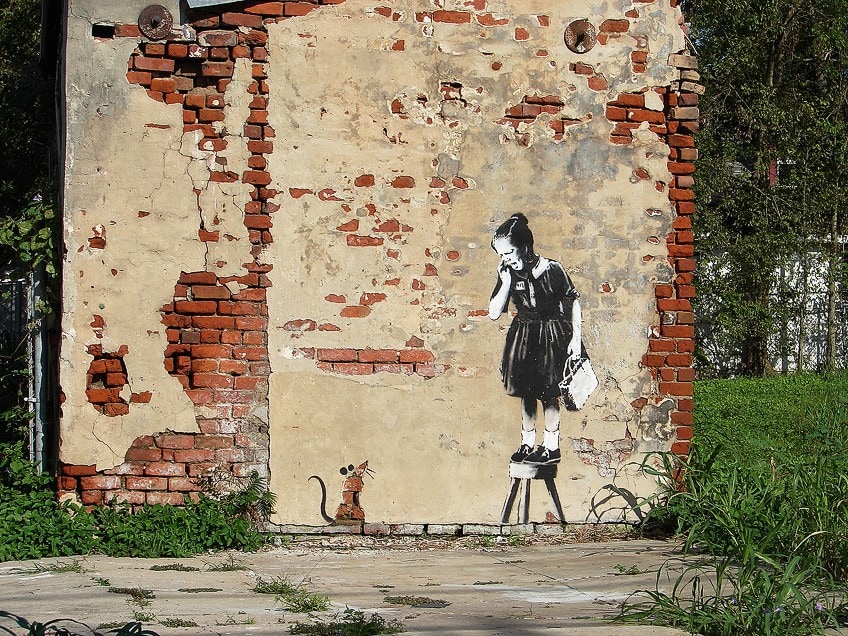
The “tag” has also moved away from simply a script that can be easily correlated with an artist but now the genre of graffiti tagging can also be identified by the art style. Banksy’s propaganda war art style has become distinct within the graffiti genre. Thus, his art form itself has become the unique “tag” that identifies Banksy’s presence on city walls.
The art form has developed within its social status as well as its medium. Pop culture has redefined the edgy and alternative form of artmaking into a canonical style that is utilized in product design, television graphics, and large corporate brands. Now graffiti tagging is a universal term that is homogenously associated with a specific text or artwork associated with a specific artist.
Graffiti tags have become their whole stylistic genre utilized in a variety of creative outlets.
Different Styles of Tag Graffiti
Tagging graffiti has changed so much over the years, which has transformed graffiti designs. With the change in mediums and technology, the process of creating graffiti tags has become more efficient and seamless. Tagging design has now moved on from simple text-styled artworks to detailed and complex muralistic artworks.
Some graffiti tagging styles are listed below.
Simple Tag
This is the quickest and the most common form of graffiti style. This is because it can be done quickly, which minimizes any trouble that the artist may encounter should they choose to do their tag somewhere public.
This is often done with spray paint and is a loose form of creative text that usually is the name or a special word associated with the artist.
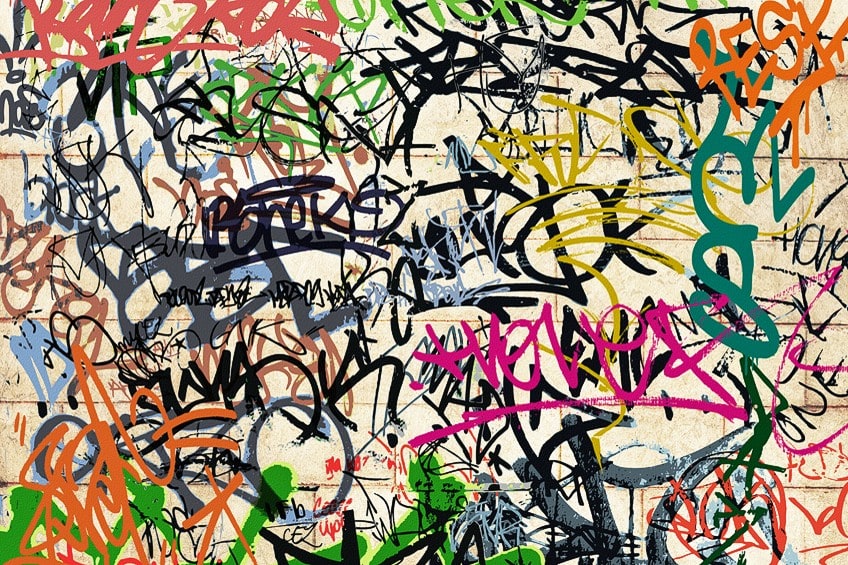
Mural
Since graffiti has become an attraction that has been used as a tool in certain countries to draw in tourists and visitors, commissioning graffiti artists has become a major trend. Cities like Berlin, for instance, have many commissioned graffiti artists who put up work almost every month.
This gives the artist freedom to take their time and develop their work over a longer period, pursuing it more as a long-term project rather than quick work.
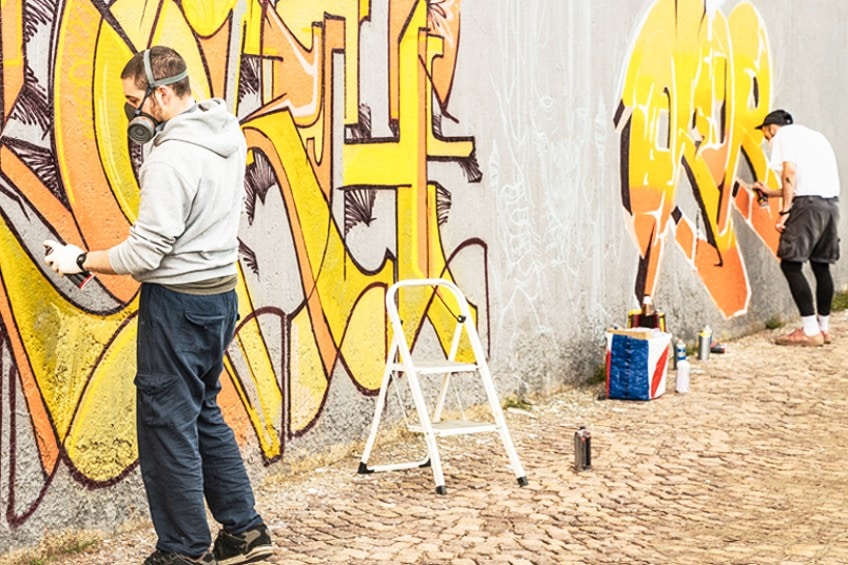
Stencil
Another popular form of graffiti is to create stencils, which you can put up against a surface. Artists then spray paint over these stencils or paint over them, which once taken away, leaves an image on the surface.
This is another quicker method of graffiti and is effective for working fast.

Sticker
This is a little bit different from other graffiti forms as the process of sticker graffiti is usually designed on a program and then printed out on sticker paper, which is then stuck onto walls. Another popular way of doing this is using a wheat paste to wipe over the paper that the design is printed on.
The result of wheat paste sticker graffiti makes the work more durable and allows it to remain longer on a surface.

Hand Style
This is perhaps the most practiced form of graffiti and is utilized within various genres of art. Graffiti hand styles fall in the category of fine art and hand lettering, as they are often a work that is approached with. This form of graffiti is more of a design approach and has become a popular means of figuring out the form, shape, and structure of the text.
Graffiti hand styles are also the most accessible, as anyone can create a hand-style graffiti text with simple materials.

Digital
Since graffiti has become a major part of modern graphic design, typeface, and other font-related design categories, digital graffiti tags have become much more popular. Various applications can be used to create unique and interesting graffiti tagging artworks.
Graffiti has moved past the physical space and has permeated into the digital space, where tags can now be identified on sites and social media. This has become another space for artists to gain notoriety.
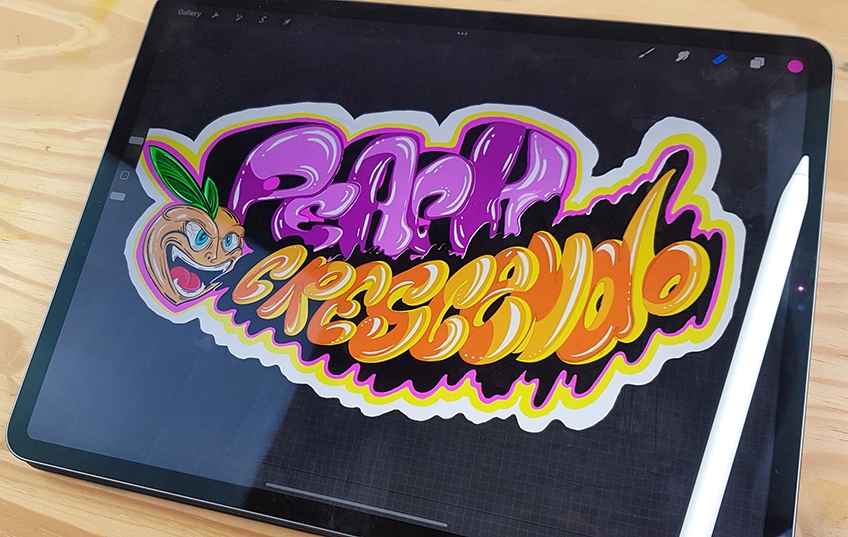
Learning How to Do Tag Graffiti
Now that you understand the history and basics of graffiti tagging, you can start creating your graffiti tags with some direction. Getting into graffiti tagging is a fun way to explore your creativity through a different type of medium.
Let us look at some ways we can get into creating our graffiti tags.
Creating a Tag Name
The first thing you want to do is create a tag name. Creating a tag name is what identifies your graffiti tags from others. Creating a unique identity in text and style is what makes graffiti tagging unique, as it symbolizes the artist and their presence within physical and virtual spaces.
So, work on a cool graffiti tag name or term for yourself.
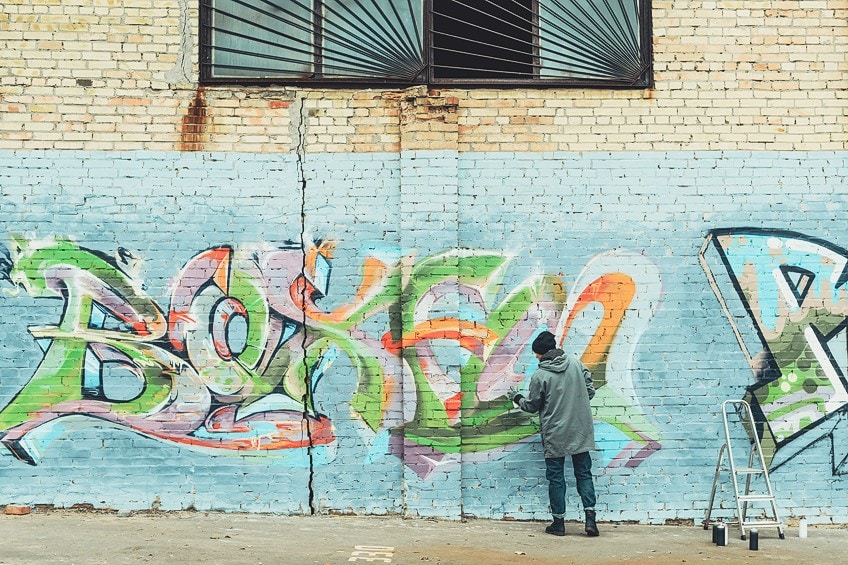
Hand Style
A good idea is to start small by using the materials that you have available to you. Graffiti hand styles are a great way to learn graffiti, as this allows you to practice on a smaller scale. This will help you to form your graffiti style, whether it be blocky, bubbly, or wild.
Graffiti hand styles allow you to experiment and figure out your unique style.

Diversify
Once you feel that you have gained some skill by practicing on a smaller scale, start to explore other mediums for graffiti tagging. This could be within a digital format where you start to learn how to achieve your signature style through various design applications.
Creating online graffiti tags is another great way to create a presence as an artist.
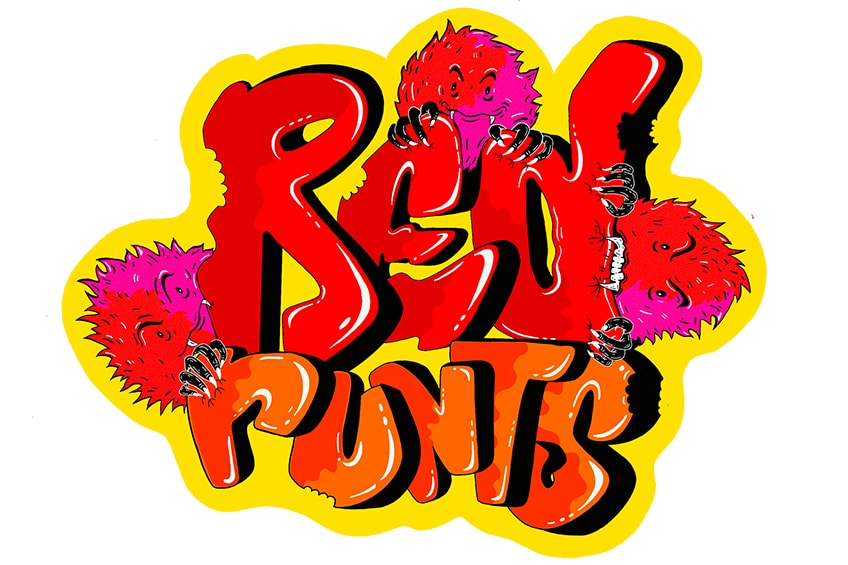
Graffiti tagging is a great genre of art to explore, as it comes with such a rich and diverse history. Graffiti tags have been a part of many cities and their cultural changes throughout the decades. Graffiti tagging has a way of archiving the changes of a city from the unique perspective of an artist. It functions in many ways beyond its aesthetics as it provides messages, and commentary, and provides a unique perspective into spaces and the artist who create them.
Frequently Asked Questions
When Did Graffiti Become Popular?
Modern graffiti is said to have started in the 1960s, by a man named Darryl McCray with the nickname Cornbread. Graffiti was then associated with hip-hop culture and utilized within gang-related activities. At the time, it was a tool used for anti-systemic commentary and was seen as an act of vandalism. Graffiti has been utilized as an anti-war tool from that point on and could be seen as a means of rebellion against autocratic regimes. Graffiti tagging could be seen as an anti-war and political statement most prominently within the era of 1960s to the mid-1990s in Germany. Specifically, around the life span of the Berlin Wall, graffiti tagging was utilized as defiance against the government at the time. This then influenced pop culture and the art form became more popular, becoming a visual attraction to the public.
How to Choose a Graffiti Tag Name?
Choosing a graffiti tag name is a great exercise, as it requires you to think creatively about how you describe yourself. This can allow you to create any sort of word or phrase that has a unique connection to you in any sort of way. Graffiti tagging can be poetic or simply fun and playful. To some degree, each artist has decided to use a word that has some sort of resonance with them. Most important is to make sure that you choose something that you feel represents you well. This makes the decision process quite special, so make sure that you take your time and decide well.
How Long Does Graffiti Take?
Depending on how you choose to create your graffiti text, it can take as long as you like. With certain mediums, tagging designs can be simplistic and can be created quickly. However, some tagging designs are beyond just text and incorporate imagery and features. These types of graffiti tags can be produced over the long term. However, when learning how to draw graffiti, it is best to start with graffiti hand styles. Creating graffiti hand styles allows you to practice your tag name as well as explore visual qualities and features that can be unique to your identity as an artist. From there, the process of creating larger-scale graffiti can become more seamless once you have the intention and a clear vision. Remember, if the goal is to be quick with graffiti tagging, choose simplistic design and mediums that can get the job done fast. When you want to create something more intricate, then take your time.
In 2005, Charlene completed her Wellness Diplomas in Therapeutic Aromatherapy and Reflexology from the International School of Reflexology and Meridian Therapy. She worked for a company offering corporate wellness programs for a couple of years, before opening up her own therapy practice. It was in 2015 that a friend, who was a digital marketer, asked her to join her company as a content creator, and this is where she found her excitement for writing.
Since joining the content writing world, she has gained a lot of experience over the years writing on a diverse selection of topics, from beauty, health, wellness, travel, and more. Due to various circumstances, she had to close her therapy practice and is now a full-time freelance writer. Being a creative person, she could not pass up the opportunity to contribute to the Art in Context team, where is was in her element, writing about a variety of art and craft topics. Contributing articles for over three years now, her knowledge in this area has grown, and she has gotten to explore her creativity and improve her research and writing skills.
Charlene Lewis has been working for artincontext.org since the relaunch in 2020. She is an experienced writer and mainly focuses on the topics of color theory, painting and drawing.
Learn more about Charlene Lewis and the Art in Context Team.
Cite this Article
Charlene, Lewis, “Graffiti Tags – Explore the Modern Art Form of Graffiti Tagging.” Art in Context. July 29, 2022. URL: https://artincontext.org/graffiti-tags/
Lewis, C. (2022, 29 July). Graffiti Tags – Explore the Modern Art Form of Graffiti Tagging. Art in Context. https://artincontext.org/graffiti-tags/
Lewis, Charlene. “Graffiti Tags – Explore the Modern Art Form of Graffiti Tagging.” Art in Context, July 29, 2022. https://artincontext.org/graffiti-tags/.









